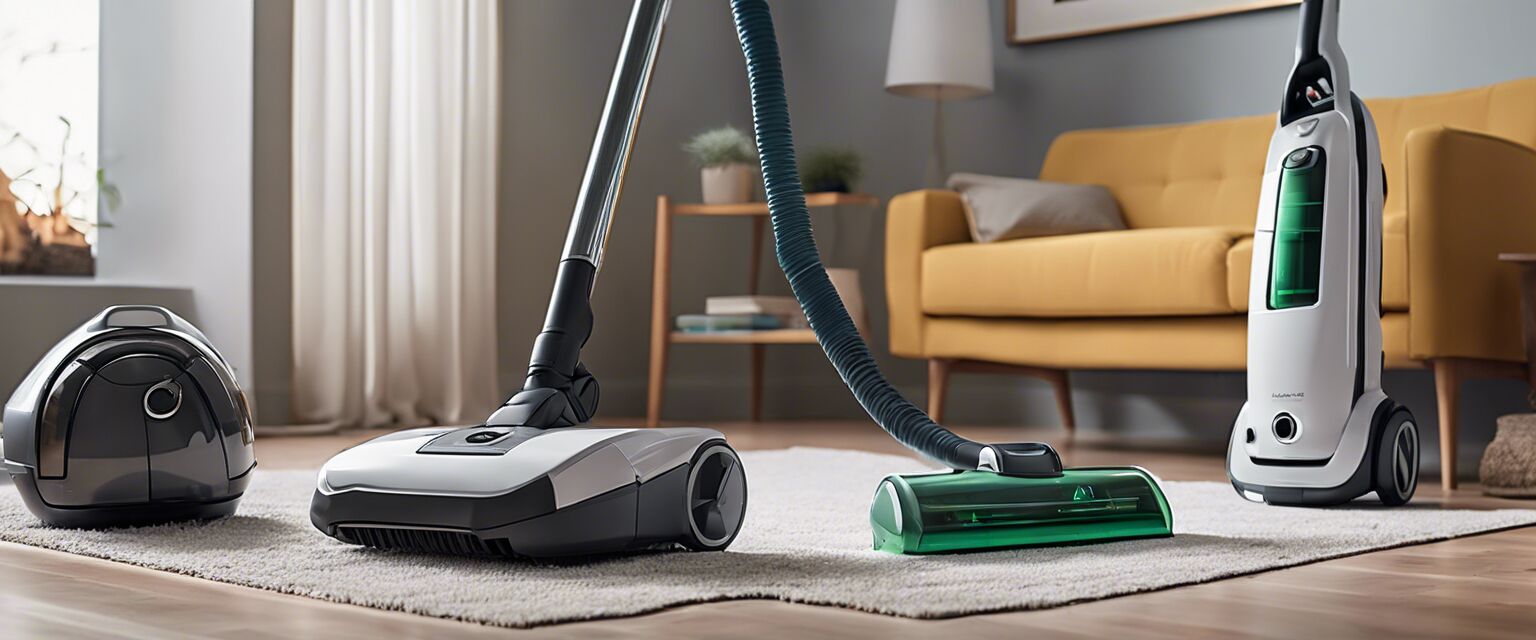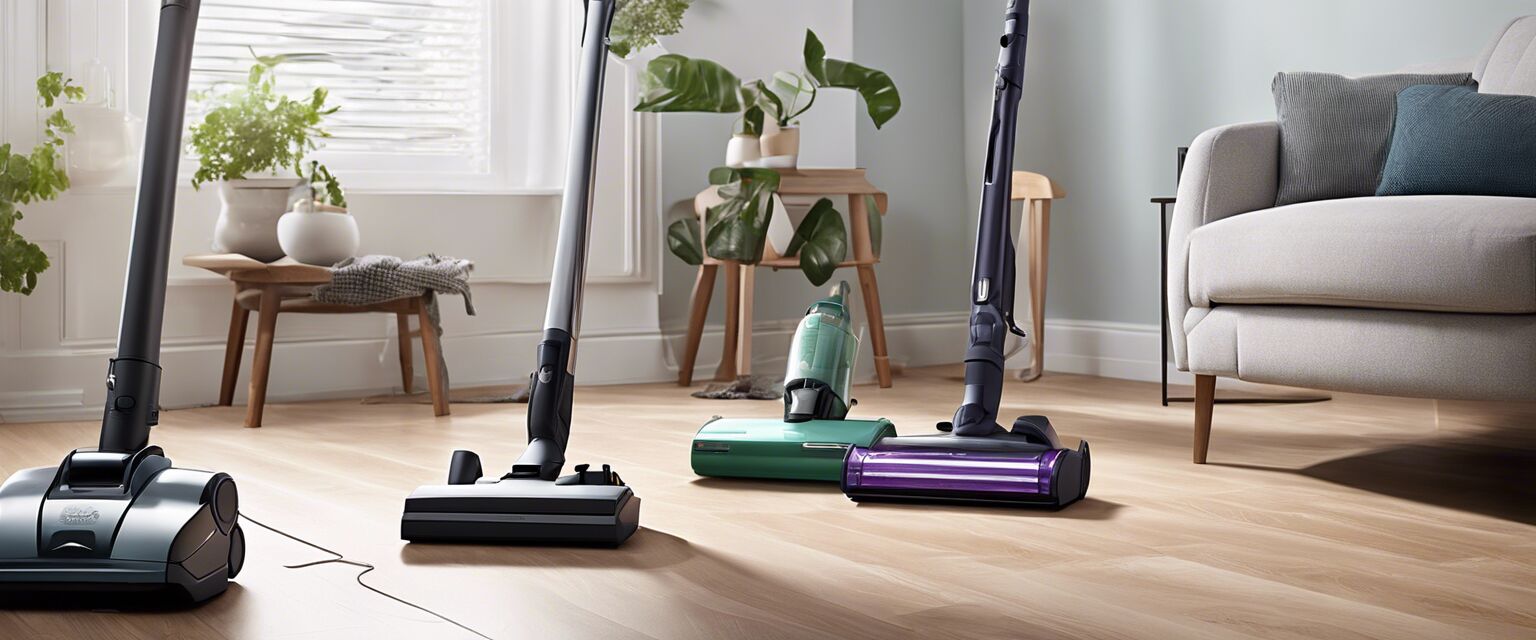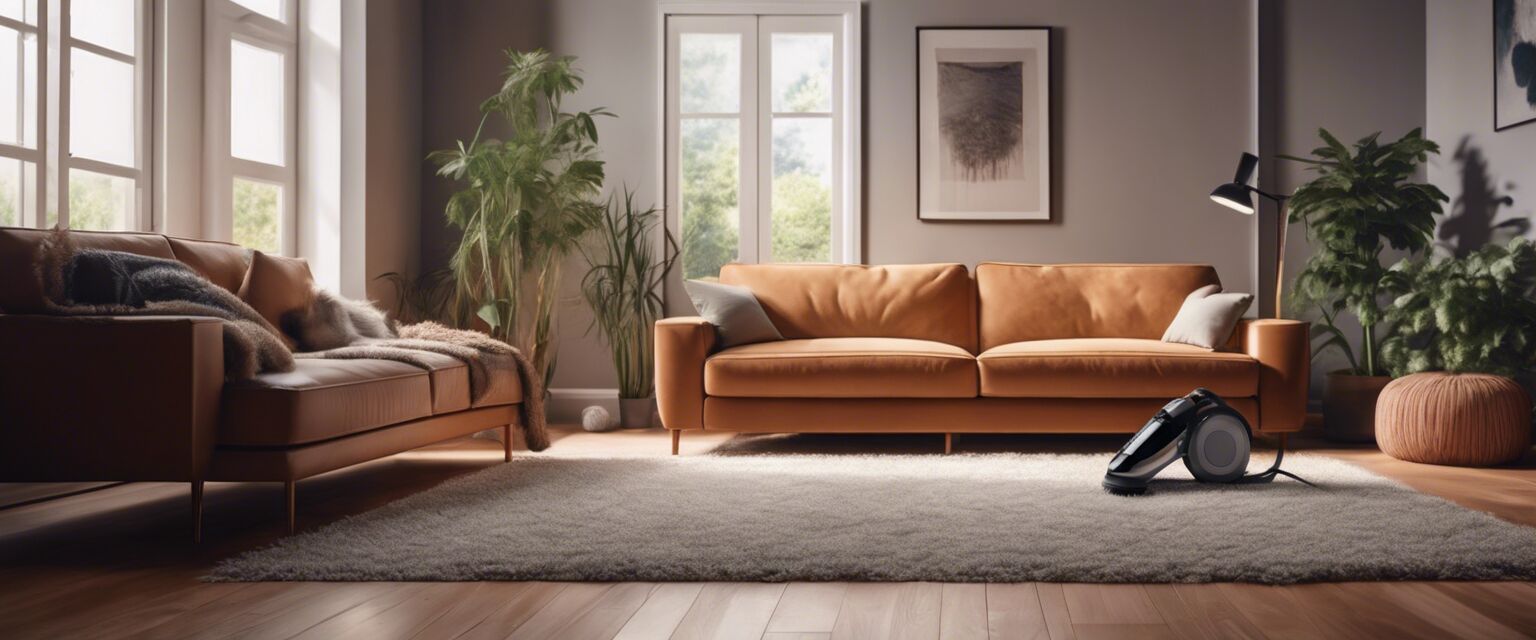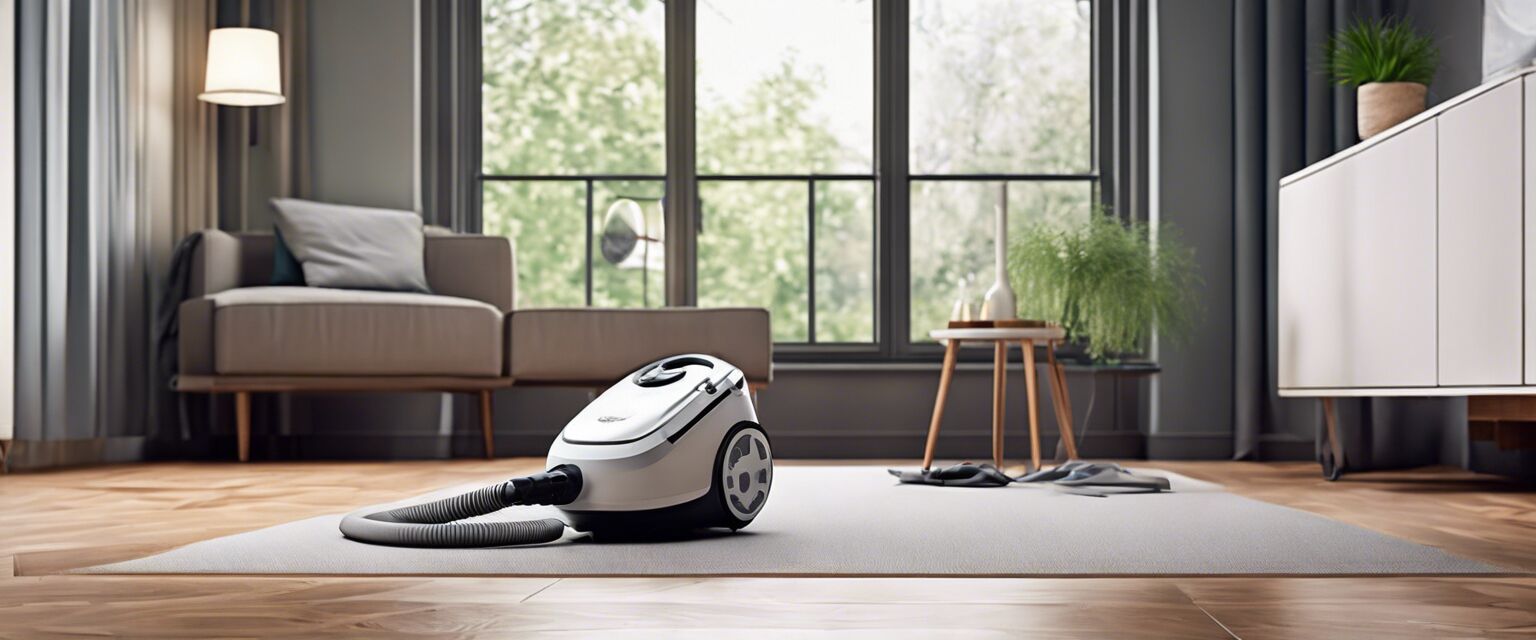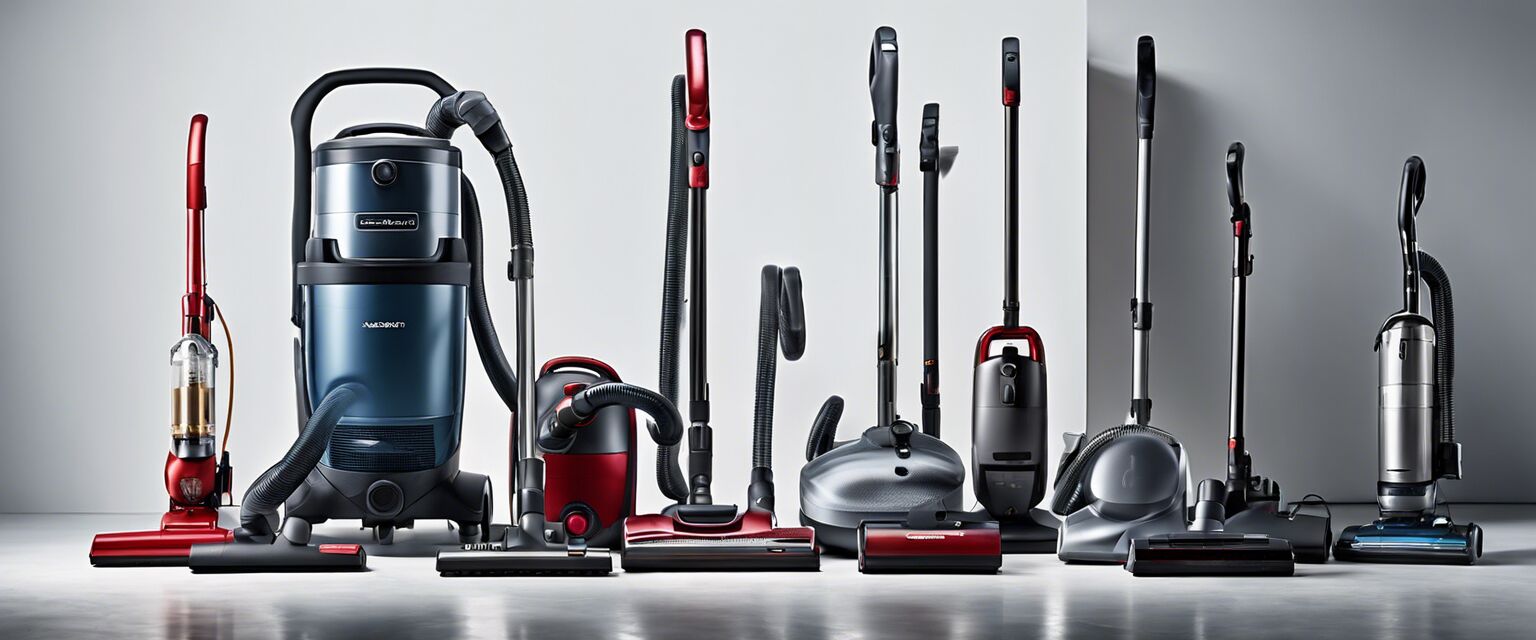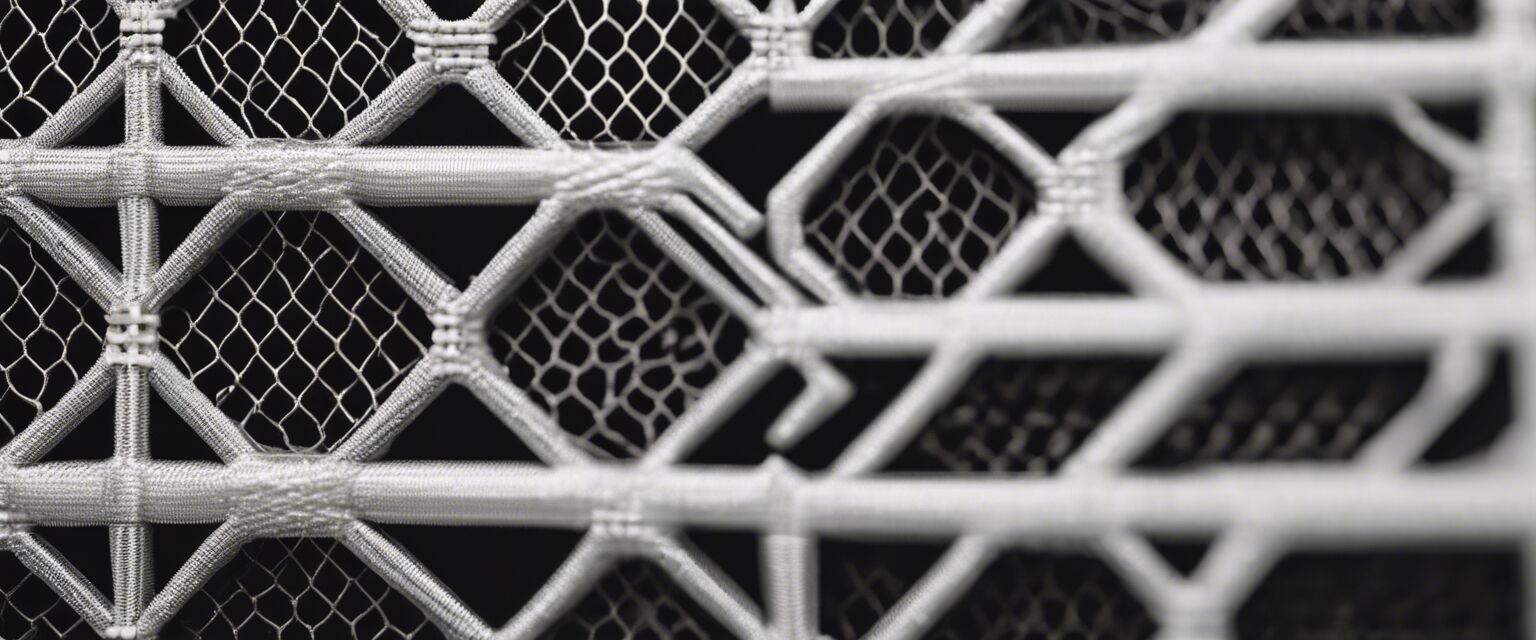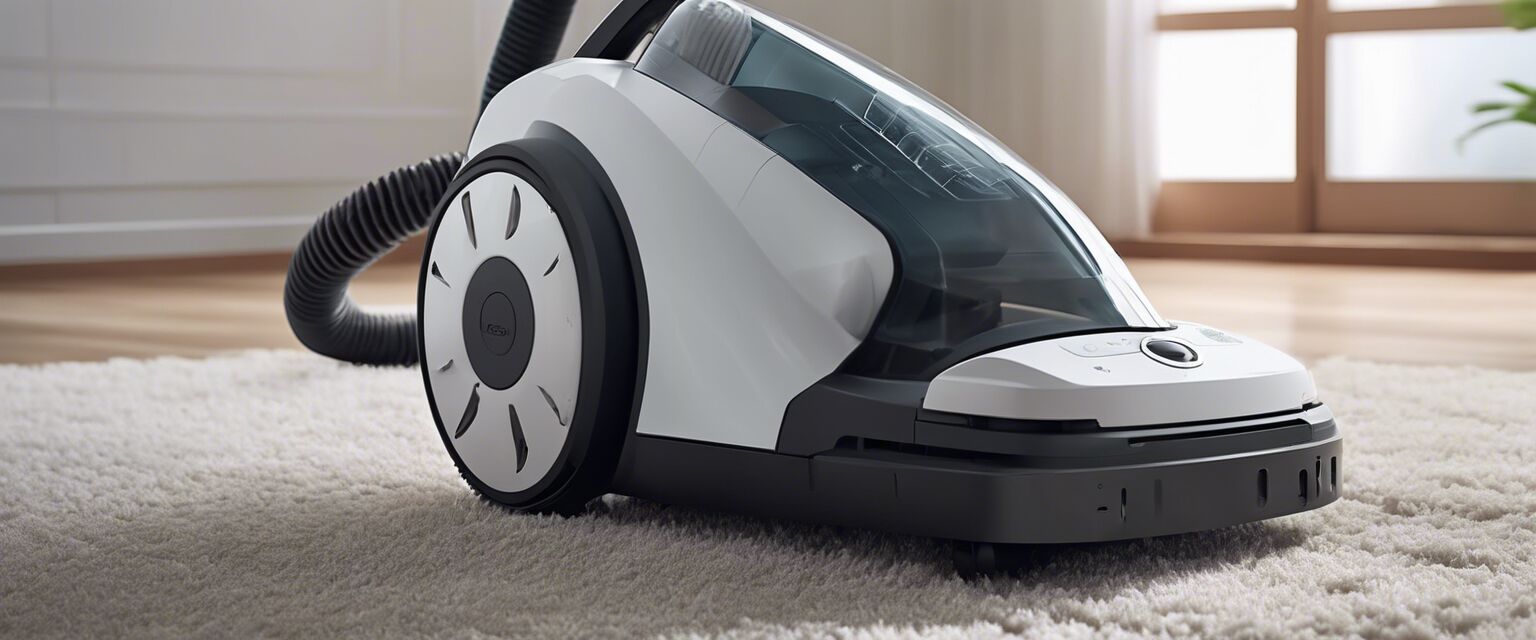
This article was generated using AI and is based on real customer reviews from the Amazon platform. It contains affiliate links, meaning we may earn a commission—at no extra cost to you. As Amazon Associates, we earn from qualifying purchases.
Maintenance Tips for Allergy Vacuums
Key Takeaways
- Regular maintenance of allergy vacuums is essential for optimal performance.
- Changing and cleaning filters can significantly reduce allergens.
- Different types of vacuums require unique maintenance approaches.
- Using the right attachments can enhance cleaning efficiency.
- Proper storage and handling prolongs the life of your vacuum.
Maintaining the effectiveness of your allergy vacuum is crucial for ensuring a clean and healthy living environment. This article outlines important tips and tricks for keeping your vacuum in top shape, so it continues to effectively reduce allergens in your space. Letâs dive into the key maintenance practices!
Why is vacuum maintenance important?
Regular maintenance prevents performance issues, extends the lifespan of the machine, and enhances the vacuum's ability to trap allergens. Neglecting maintenance can lead to diminished suction power and inefficient cleaning.
Types of allergy vacuums
Understanding the type of vacuum you own helps in applying the right maintenance tips. Here are the common types:
| Type | Description | Typical Maintenance Needs |
|---|---|---|
| Bagged Vacuums | Utilizes replaceable bags to contain dirt and allergens. | Regularly replace bags and clean filters. |
| Bagless Vacuums | Uses a dust container that must be emptied periodically. | Empty the container and clean the filters. |
| HEPA Filter Vacuums | Features High-Efficiency Particulate Air filters for allergen filtration. | Replace HEPA filters as recommended and clean pre-filters. |
| Robotic Vacuums | Automated vacuums that can operate independently. | Regularly clean brushes, empty the dustbin, and charge effectively. |
| Stick Vacuums | Lightweight and easy-to-maneuver vacuums. | Check battery life, clean filters, and maintain the brush roll. |
| Upright Vacuums | Standard vacuums that are pushed across the floor. | Change bags or empty containers and clean the brush roll. |
Essential Maintenance Tips
1. Change or clean filters regularly
One of the simplest yet most effective maintenance tasks is keeping your filters clean. Clogged filters can lead to reduced suction and increased allergens in the air.
2. Empty the dust container often
For bagless models, ensure you empty the dust container frequently. This prevents buildup and keeps your vacuum working efficiently.
3. Inspect and clean the brush roll
Hair and debris can wrap around the brush roll, affecting performance. Regularly check and clean the brush roll to maintain optimal cleaning action.
4. Use vacuum attachments efficiently
Utilizing the correct attachments for different surfaces can enhance cleaning. For instance, a crevice tool is perfect for corners, while upholstery attachments work best on fabric surfaces.
5. Store your vacuum properly
Storing your vacuum in a cool, dry place prevents damage to electrical components. Ensure itâs free of dust and dirt to retain its performance.
Common Mistakes to Avoid
1. Neglecting the manual
Many people overlook the manufacturer's manual. This document contains specific maintenance instructions tailored for your vacuum model.
2. Overusing vacuum without maintenance
Using your vacuum excessively without proper maintenance can lead to malfunctions. Always adhere to maintenance schedules provided by the manufacturer.
3. Ignoring performance indicators
If you notice a decline in performance, investigate immediately. Odd sounds or decreased suction may indicate a need for maintenance.
Visual Guide to Vacuum Maintenance

Maintenance Schedule
Follow the schedule below for a comprehensive upkeep of your vacuum:
| Task | Frequency |
|---|---|
| Change or clean filters | Every 1-3 months |
| Empty Dust container | After each use |
| Check brush roll | Every month |
| Inspect hoses for blockages | Every 6 months |
| Deep clean vacuum body | Every 6 months |
Helpful Resources
For further reading on the best practices for vacuum maintenance, check out these links:
- Bagged vacuums - Learn about maintenance for bagged models.
- Bagless vacuums - Explore specific tips for bag-free designs.
- HEPA filter vacuums - Understand how to manage your HEPA models.
- Robotic vacuums - Find insights for maintaining automated vacuums.
- Stick vacuums - Discover unique tips for lightweight models.
Conclusion
By following these maintenance tips, you can ensure your allergy-friendly vacuum remains in excellent condition, providing effective allergen removal in your home. Regularly reviewing and performing these tasks will help maintain a healthier environment for you and your family.
Pros
- Keeps your vacuum running efficiently.
- Improves air quality in your home.
- Prolongs the lifespan of your vacuum.
- Helps reduce common household allergens.
Cons
- Time-consuming maintenance tasks.
- Can require specialized tools or parts.
- Initial learning curve for new owners.

